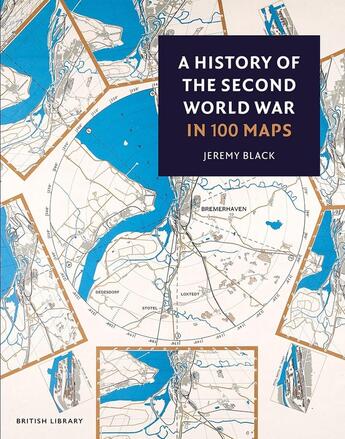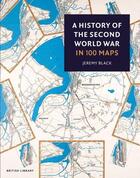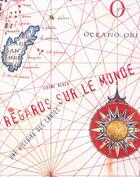Résumé:
Whilst the First World War had seen an exceptional growth in the use and production of military cartography, the global conflict that followed employed maps, charts, reconnaissance, radar, sonar and the systematic recording and processing of geographical and topographical information on an... Voir plus
Whilst the First World War had seen an exceptional growth in the use and production of military cartography, the global conflict that followed employed maps, charts, reconnaissance, radar, sonar and the systematic recording and processing of geographical and topographical information on an unprecedented scale. It is impossible to understand the events and outcomes of the Second World War without deep reference to mapping at all levels. Maps themselves became the weapons and had a decisive impact. In this highly original work Jeremy Black, one of world's leading military and cartographic historians, shows how fundamental maps were to the conflict as he charts its historical sweep across each of the major theatres. The book's thematic arrangement -- exploring the conflict's maps through strategic, operational, tactical, reportage and propaganda means -- provides a truly ground-breaking perspective. The story is told through 100 key maps, many photographed for the very first time, from the unrivalled collections of the British Library and other major cartographic holdings.
Donner votre avis










